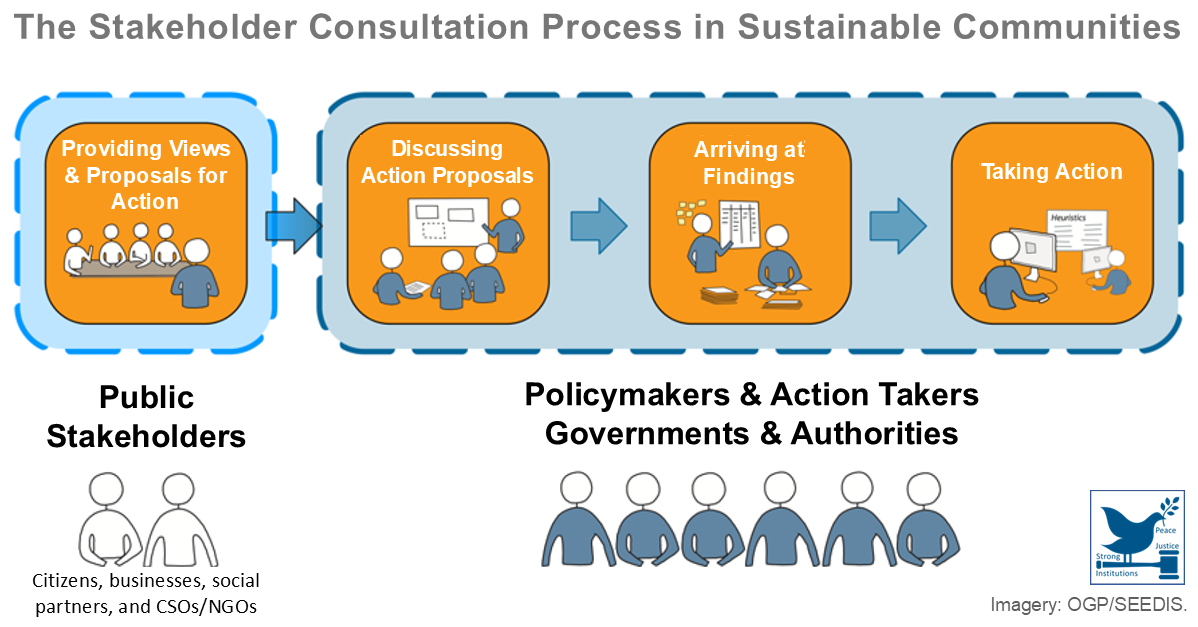A subordination agreement is an arrangement under which a current lender contractually undertakes to subordinate some or all of its rights against a borrower to the rights and interests of one or more other lenders. The subordination agreement contractually:
- Establishes the relative priority of the claims of the lenders to security;
- Prohibits or restricts payments to the junior lender; and
- Prohibits or restricts the right of junior lenders to foreclose on the collateral or exercise any other default remedies until senior lenders have been paid in full.
The nature of the contractual subordination is of critical importance to investors (shareholders), senior lenders, junior lenders and the borrowers. Where investors are normally not party to the finance documents, except as party to the intercreditor agreement.
| Restriction and Protection Afforded by Contractual Subordination | ||
| Type | Borrower/Junior Lenders | Senior Lenders |
| Bankruptcy Subordination | Least Restrictive | Least Protective |
| Default Subordination | More Restrictive | More Protective |
| Standstill Subordination | Most Restrictive | Most Protective |


Leave A Comment
You must be logged in to post a comment.